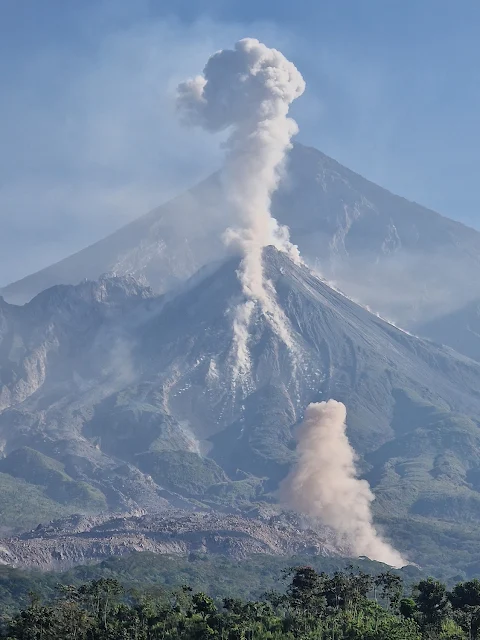
Spectrum’s PCIe digitizer card detects smallest movements over a distance of six kilometers
Guatemala in Central America has three constantly active volcanos, all of which have villages near them so it is vitally important to have an early warning system for eruptions to save lives. Such systems already exist but these specific volcanos produce flows of Pyroclastic Density Current (PDC) instead of lava. The extremely dangerous PDC clouds consist of gas, rock and ash, traveling at speeds of up to 600 km/h with a heat of up to 800°C. It is therefore vital to have as much warning as possible for evacuations. A team from University College London (UCL), led by Dr Amin Amiri, is studying the PDCs and developing a radar-based early warning system with a very high level of sensitivity. The core part is a PCIe digitizer card by Spectrum Instrumentation, the model M2p.5921-x4. It is so sensitive that it can detect tiny movements at a distance of six kilometers, which is the distance that the equipment is set up from the slope of the volcano.
 |
| Fig. 1: The electronic system is housed in a metal box to prevent it from humidity, rain and wildlife in the jungle |
The equipment consists of a X/Ku-band radar system including reflector dishes for transmit and receive. The returning signal is compared to the outgoing signal to produce an Intermediate Frequency (IF) signal containing range and movement information whenever a PDC shows up on the slope of the volcano. The IF signal is digitized by the M2p.5921-x4 Spectrum card with 20 MegaSamples per second and processed using Spectrum’s SBench 6 measurement software.
“We have just returned from setting up the equipment that is monitoring one of the slopes of the Santiaguito Volcano,” explained Dr Amin Amiri. “This is the first research into PDC events to try and understand the mechanisms for this type of volcanic activity.
 |
| Fig. 2: Active volcano “Santiaguito”, side volcano of the even bigger “Santa Maria” |
The original design was specified to work at a distance of four kilometers from the target, but the terrain in the jungle was not suitable so it was set up further back on a high spot of land six kilometers away. The team was concerned that the equipment would not be sensitive enough for this 50% increase in distance and used a drone flying over the jungle treetops to the slope as a moving target to verify that it was working properly.
“Sensitivity is the key to the success of this system as an early warning,” added Dr Amiri. “We tested the Spectrum card and found that it has an incredibly impressive low noise floor of -100 dBm so we could build a Moving Target Indicator (MTI) system that can see all small movements of the volcano that are the first signs of a PDC.”
The biggest challenges encountered by the team were the heat, the humidity and the mosquitos. Not only did they have to protect themselves from them but also all the electronics. A metal box is used to keep out the humidity, the rain and the wildlife but then cooling is a challenge as holes in the box are not possible and the temperature in the jungle exceeds 35°C.
 |
| Fig. 3: Setup of the first system at 6100 meters distance from the active volcano slope |













 IndianWeb2.com is an independent digital media platform for business, entrepreneurship, science, technology, startups, gadgets and climate change news & reviews.
IndianWeb2.com is an independent digital media platform for business, entrepreneurship, science, technology, startups, gadgets and climate change news & reviews.



